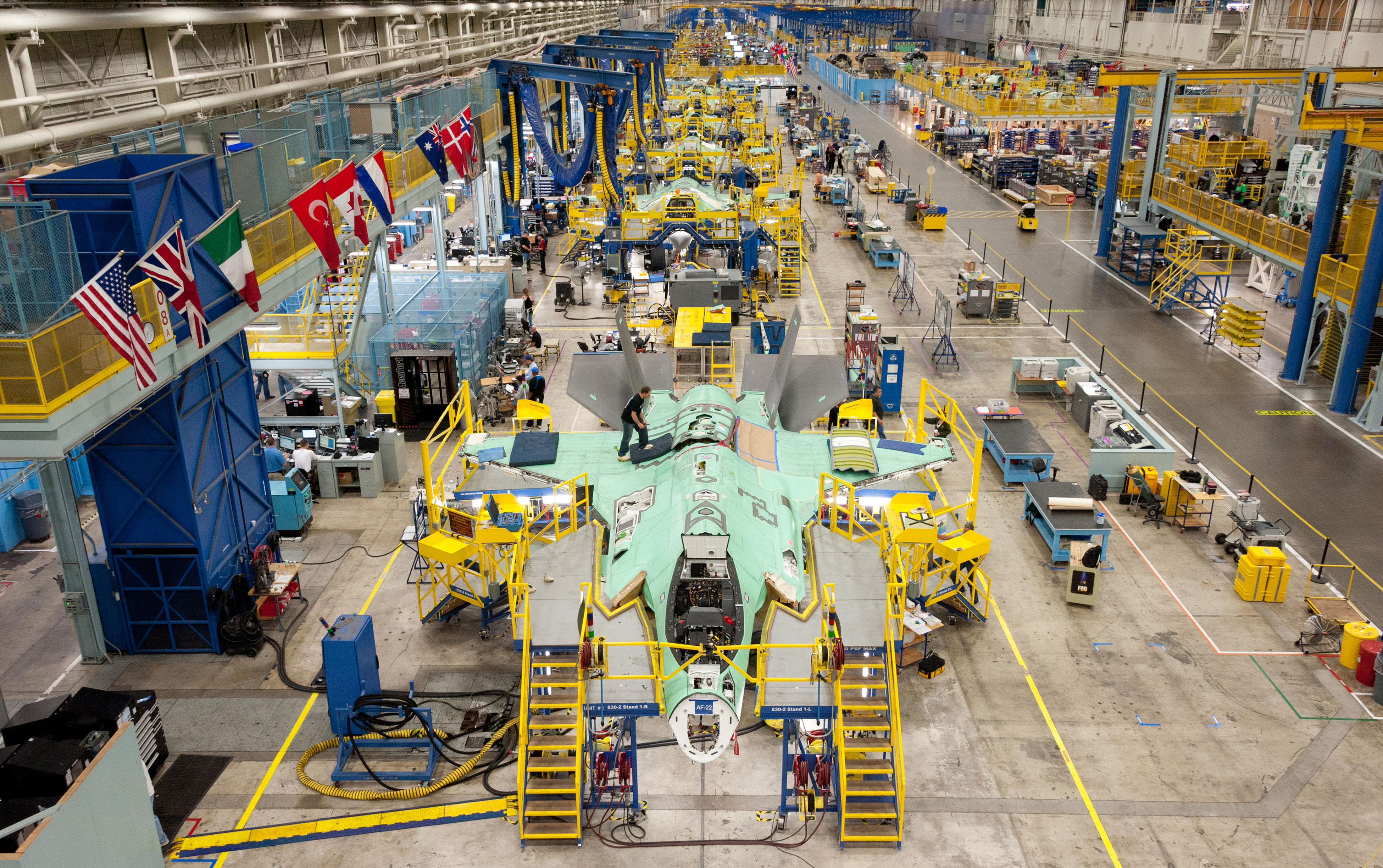With an ear-ringing roar, the matte-gray fighter jet streaked down Runway 12 and sliced into a cloudless afternoon sky over the Florida Panhandle. To those watching on the ground, the sleek, bat-winged fuselage soon shrank into a speck, and then nothing at all, as U.S. Marine Capt. Brendan Walsh arcked northward in America's newest warplane, the F-35 Lightning II.
The F-35 has features that make pilots drool. It is shaped to avoid detection by enemy radar. It can accelerate to supersonic speeds. One model can take off and land vertically. Onboard electronic sensors and computers provide a 360-degree view of the battlefield on flat-panel screens, allowing pilots to quickly identify targets and threats.
But its greatest strength has nothing to do with those attributes. The U.S. Defense Department and Lockheed Martin, the giant contractor hired to design and build the plane, also known as the Joint Strike Fighter, have constructed what amounts to a budgetary force field around the nearly $400 billion program.



















With your current subscription plan you can comment on stories. However, before writing your first comment, please create a display name in the Profile section of your subscriber account page.